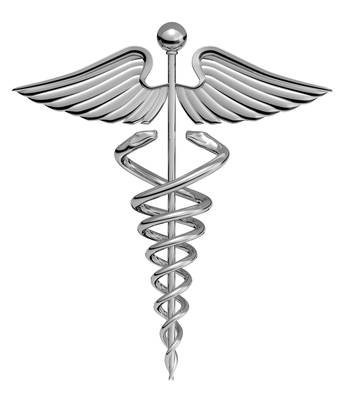The Food and Drug Administration is one of the federal executive departments of the United States. Included among its various functions are ensuring that both public health information and food safety standards are continually upheld.
The Food and Drug Administration was originally formed on June 30th, 1906, making it just over a century old. Before being formalized as the FDA, preceding agencies included the Food, Drug, and Insecticide Administration (July 1927 to July 1930) and the Borough of Chemistry, USDA (July 1901 to July 1927).
In addition to food and drugs, the FDA also supervises the quality standards of dietary supplements, tobacco products, over-the-counter pharmaceutical drugs, and various healthcare solutions.
Primary FDA Operations
Currently, over half of the FDA’s budget is funded by the Prescription Drug User Fee Act. Originally, it was the Federal Food, Drug, and Cosmetic Act that spearheaded the development of the FDA as it is known today. Today, the Federal Food, Drug, and Cosmetic Act still represents the primary point of focus for the FDA’s daily operations.
Healthcare Knowledge And Technical Implementations
The operations of the FDA are not entirely limited to the Federal Food, Drug, and Cosmetic Act, however. Additional regulatory matters include the Public Health Service Act, securing the community’s access to basic healthcare knowledge and preventative measures for diseases. Various technological implementations that are vital for the upkeep of either healthcare or disease prevention are an integral part of the FDA’s value.
The FDA also makes a number of valuable legislative contributions to public health. Through the FDA, regulatory laws put in place to enforce the official quality standards of everything from domestic pet ownership the contraception solutions can be better managed.
Leadership, Jurisdiction And Spread
The FDA’s jurisdiction includes the entire federal government of the United States, and currently, it is headquartered in White Oak, Maryland. With the Senate’s counsel, the President of the United States is permitted to appoint the FDA’s Commissioner of Food and Drugs, who serves as the leader of the agency and reports to the Secretary of Health and Human Services.
Recommended reading: Top 10 Best Online Master of Health Administration Degree Programs (MHA)
Currently, the jurisdiction of the agency contains over 200 field offices. Among the jurisdiction of the FDA are 13 different laboratories distributed through all 50 states. In addition to the states, the FDA has laboratories in both Puerto Rico and the Virgin Islands.
Shortly after the turn of the century, the FDA extended its range of agents and stations to include various foreign territories in the United Kingdom, Belgium, Chile, Costa Rica, China and other countries as well.
Ongoing Research Support
In its role as a regulator of healthcare standards, the FDA is actively involved in the conduction of activities specifically conducted for healthcare research and development.
Through the research and development projects that the FDA facilitates, valuable health science directives can be proactively studied before the lack of understanding about them becomes a public health hazard. The FDA works closely with organizations that are focused on fields such as toxicology and biology.
